‘Make it do, do without, use it up, wear it out’.
My mother was a young girl during America’s Great Depression, and she also had family members who somehow survived the Dust Bowl years. She grew up hearing this saying, and she repeated it often to me, especially when I thought I needed something new to wear. ‘You can fix that’ was her approach to everything, especially when it came to textiles and clothing.
In a world focused on consumerism, textile artists are increasingly questioning the need for ‘new’ and are instead choosing to use vintage fabrics or incorporate visible mending and other sustainable approaches. And some artists incorporate natural materials or take a meditative approach to their work, inspired by the sights, sounds and rhythms of nature.
Working sustainably is great for your wellbeing. Whether you’re experimenting with natural materials, experiencing slow stitching or connecting with nature through your art practice, this philosophy will bring mental, physical and spiritual benefits.
But knowing where to start can be overwhelming. What should I make with that old tablecloth and how do I work around those stains? How do I reconnect with nature? Where do I source older textiles? What’s recyclable and what’s not? How do I work more sustainably?
This booklist has the answers you need. These expert authors will help you imagine, source and create your own textile art using a variety of techniques, including dyeing your own fabrics, incorporating found objects and natural materials, and exploring unique threadwork. You’ll also discover the benefits of connecting with nature to inspire your creativity.
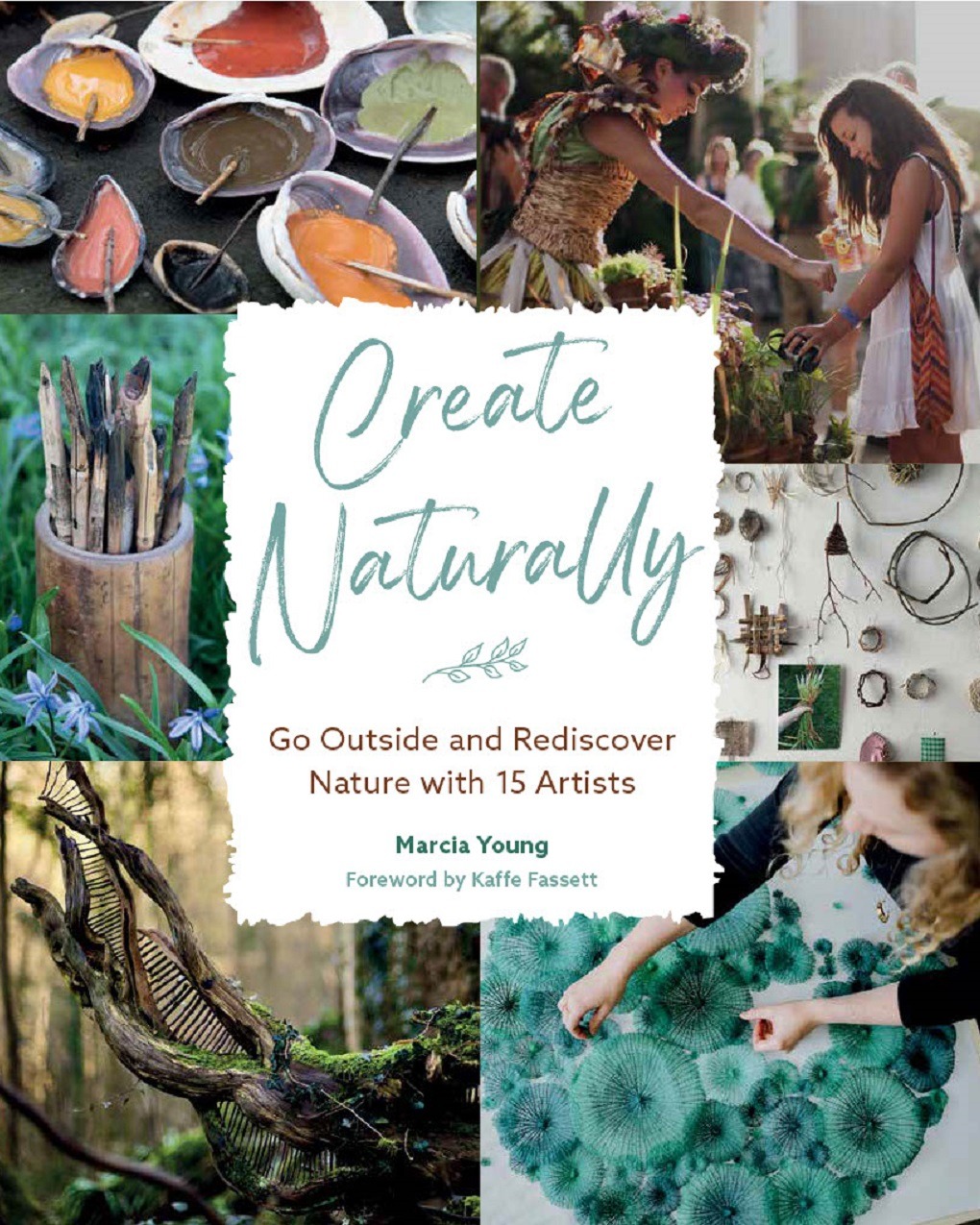
Create Naturally: Go Outside and Rediscover Nature with 15 Artists
Learn from 15 makers who share their philosophies and step by step processes to create nature connected works. They not only share tips and suggestions for creating your own art, but they also articulate the physical, mental and spiritual benefits they gain from working with natural, recycled and repurposed materials.
Featured works include a nature journal, baskets, temporary beach structures, dyed textile and woven wall art, and embroidery. The book’s luscious pictures and interesting stories make readers feel as if they’re having a personal creative conversation with the makers.
Author Marcia Young has been making and writing about art and fine craft for over 30 years. She is the founder of the Fiber Art Network and former publisher of Fiber Art Now magazine.
Create Naturally: Go Outside and Rediscover Nature with 15 Artists (2023) by Marcia Young. ISBN 978-0764364341
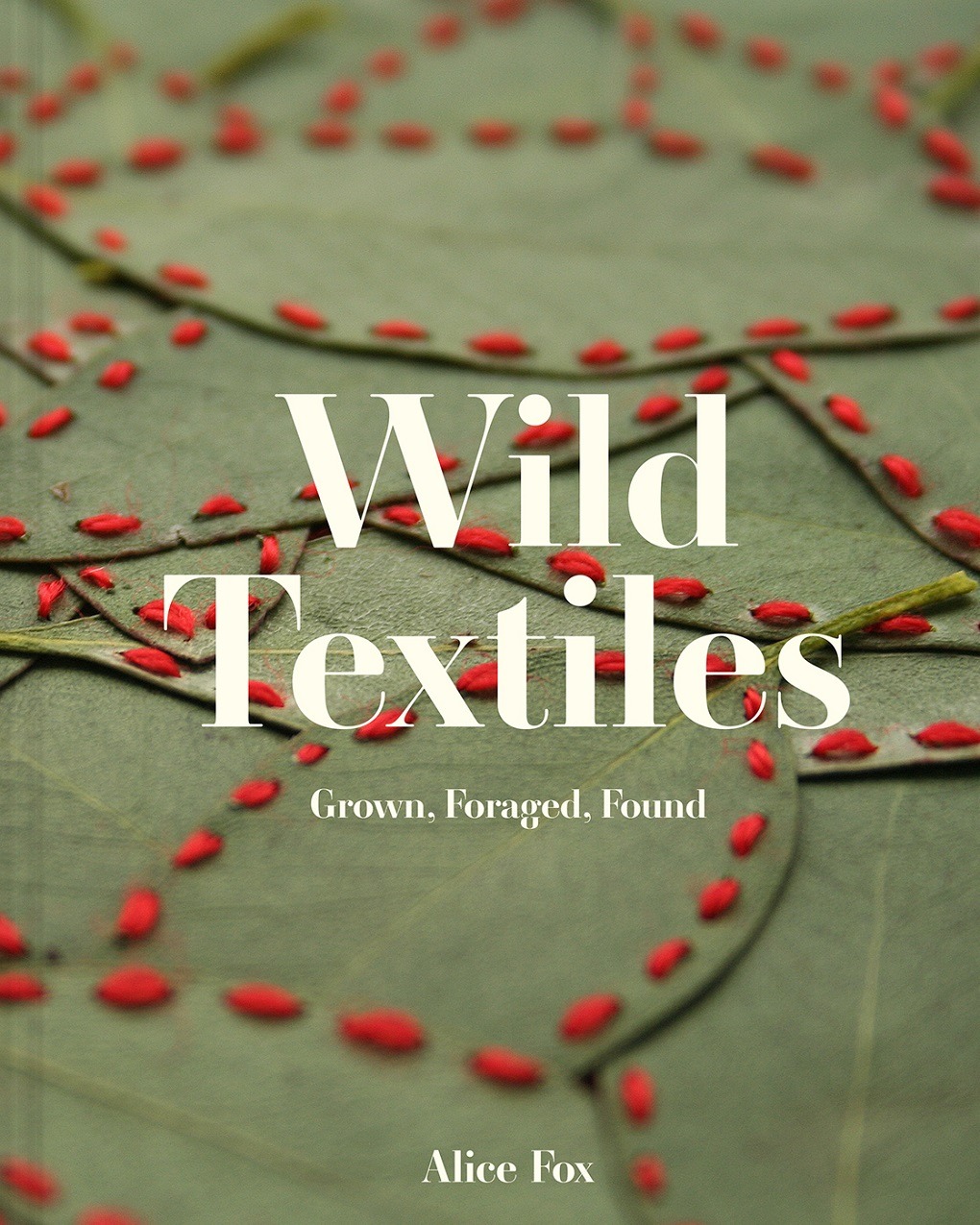
Wild Textiles: Grown, Foraged, Found
Textile artist Alice Fox is known for her remarkable use of natural and found objects. And she’s now sharing advice on how to work with foraged, gathered and grown materials to create fabulous textile art pieces. You’ll be amazed by the possibilities! Weeds, dandelions and other plants are useful as cordage, while leaves can be stitched, quilted and shaped into vessels.
Alice also describes how grass, wool, plastics and mud can be delightfully repurposed, along with stones, shells and a multitude of urban treasures. She encourages makers to be open minded and experimental as they work with seasonal bounties to create art that bears a strong sense of place and character.
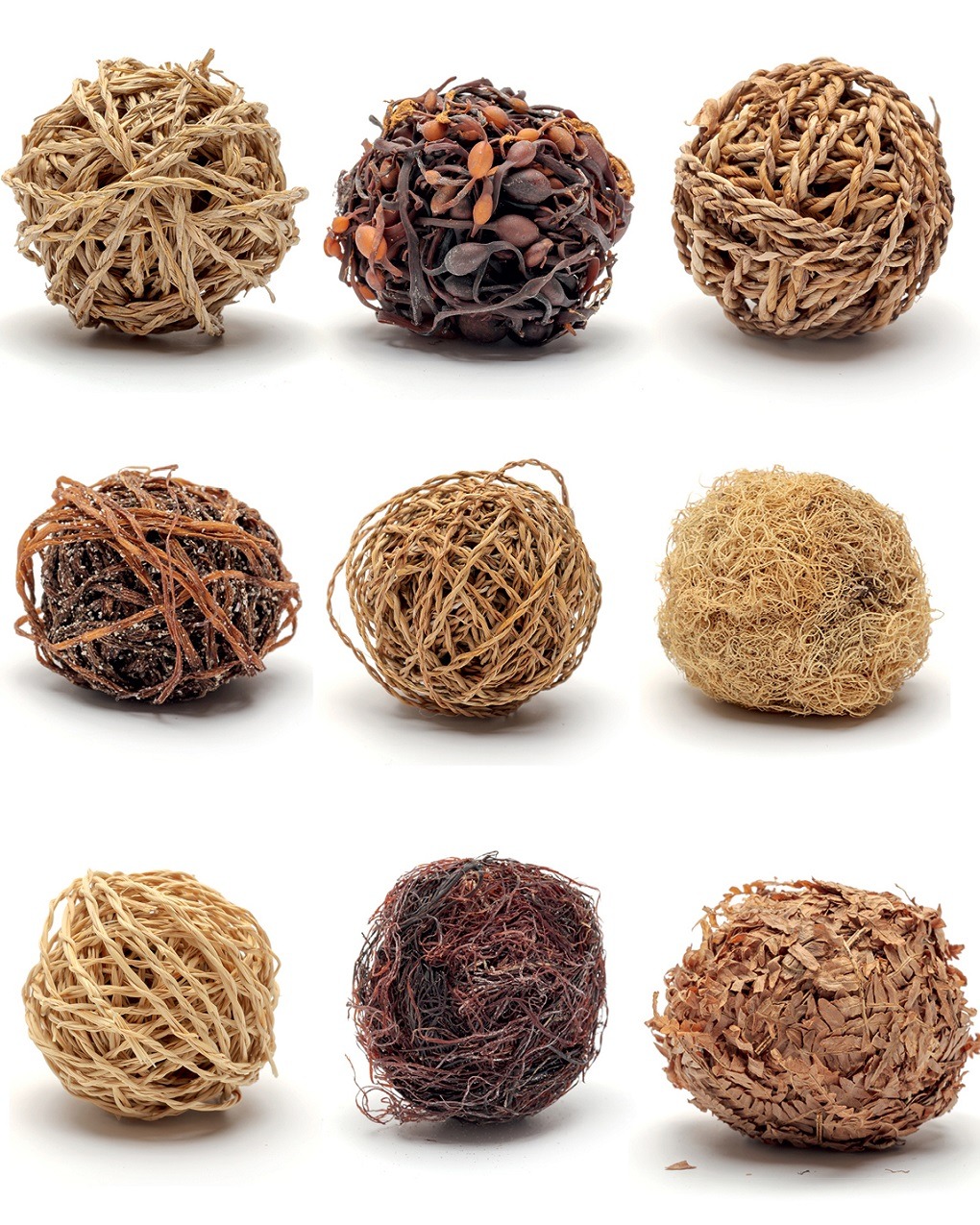
Author Alice Fox is an embroiderer and textile artist who uses techniques from textiles, soft basketry and printmaking. She is based in Saltaire, West Yorkshire (UK), and exhibits and teaches across the globe.
Wild Textiles: Grown, Foraged, Found (2022) by Alice Fox. ISBN 978-1849947879
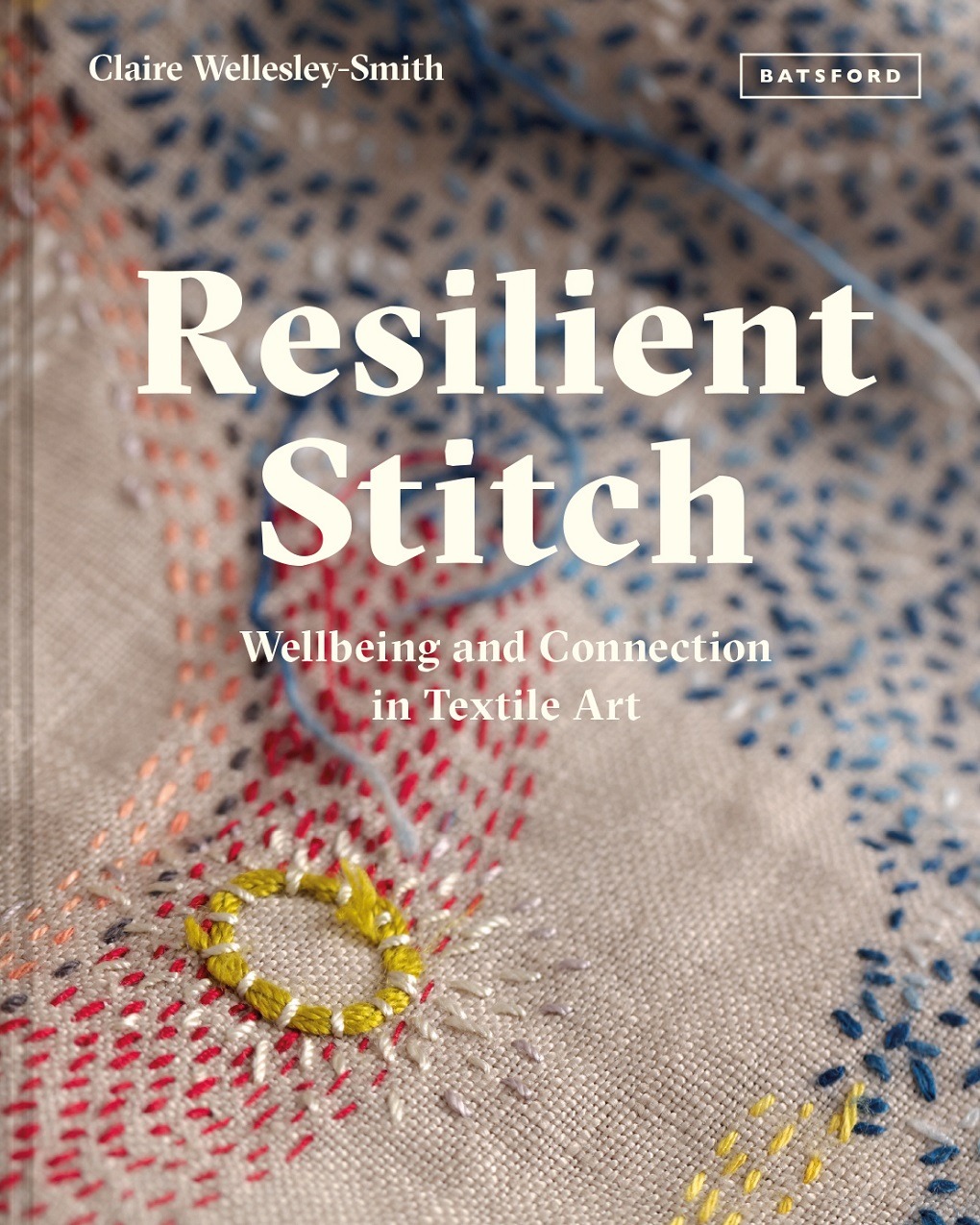
Resilient Stitch: Wellbeing and Connection in Textile Art
Following up on her renowned book Slow Stitch, Claire Wellesley-Smith considers the connection and ideas around wellbeing when using textiles for individuals and communities.
Claire and other contemporary textile artists share practical ideas for ‘thinking through making’, using ‘resonant’ materials, and extending the life of pieces using traditional and non-traditional methods. Community based textile projects are also featured, including a moving account of one textile community’s creative response to the Covid-19 pandemic.
The connection between wellbeing and the creation of textiles has never been stronger. Recommendations for resilient fabrics that can be manipulated, stressed, withstand tension and be made anew are offered throughout the book. Claire and featured artists also explain techniques for layering, patching, reinforcing and mending. The overarching goal is to help makers explore ways to link their emotional health with their textile practice.
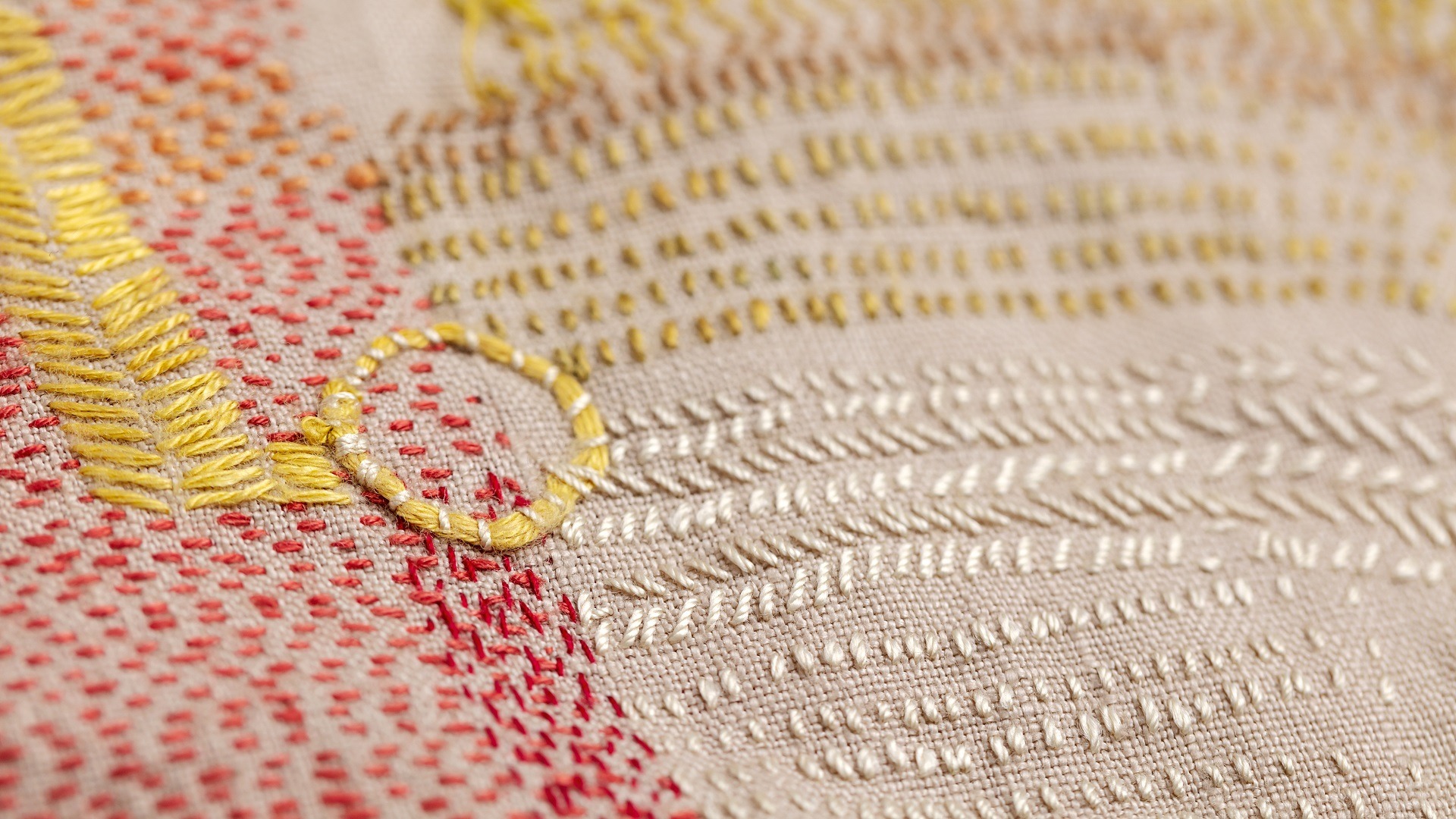
Stitch Club member Rosalind Byass is a big fan of Claire’s books and says she has read them from cover to cover several times.
‘Her first book, Slow Stitch, is like a stitch meditation. Its calm colours, cloth cover and peaceful visual layout make it one of my favourite textile books. I love Claire’s style of writing and her attitude and approach to life. Be sure to read her page on repair. It will change your view about things not being perfect. The section on stitching and mental health is also uplifting.’
Stitch Club member Joekie Blom is also a fan of Claire’s first book Slow Stitch.
‘It’s wonderful. I especially love the natural dyeing Claire describes. I changed all my not-so-liked threads into wonderful colours.’
Author Claire Wellesley-Smith is based in Yorkshire, UK. She teaches extensively in adult education, schools, community based projects, museums and galleries.
Resilient Stitch: Wellbeing and Connection in Textile Art (2021) by Claire Wellesley-Smith. ISBN 978-1849946070
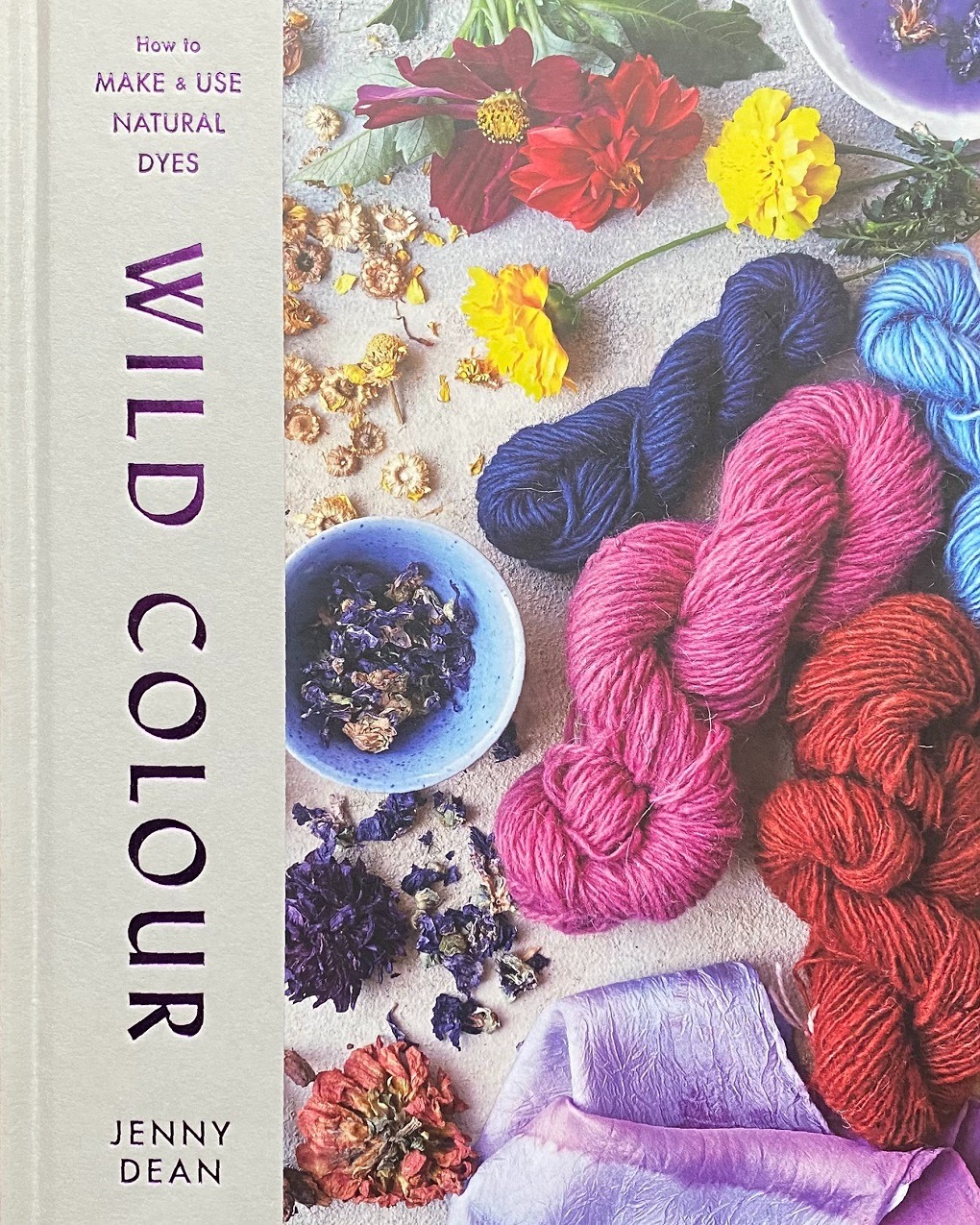
Wild Colour: How to Make and Use Natural Dyes
Natural dyes are a wonderful way to add colour and dimension to your textile art, but knowing the ‘what’ and ‘how’ in working with plants can be a challenge. Jenny Dean’s book is a practical and inspiring all-in-one resource for textile artists of all genres, including knitters, sewers and weavers.
More than 65 species of plants and natural dyestuffs are featured, and Jenny carefully explains how to select fibres and plant parts and then choose the right methods for mordanting and dyeing. She also describes how to obtain a range of gorgeous colours from every plant using environmentally friendly dyeing techniques.
Author Jenny Dean has been using natural dyes for over 40 years and has written several books on the subject. She also lectures and leads workshops on natural dyeing, and she enjoys hand spinning, knitting and other textile arts.
Wild Colour: How to Make and Use Natural Dyes (2018) by Jenny Dean. ISBN 978-1784725532
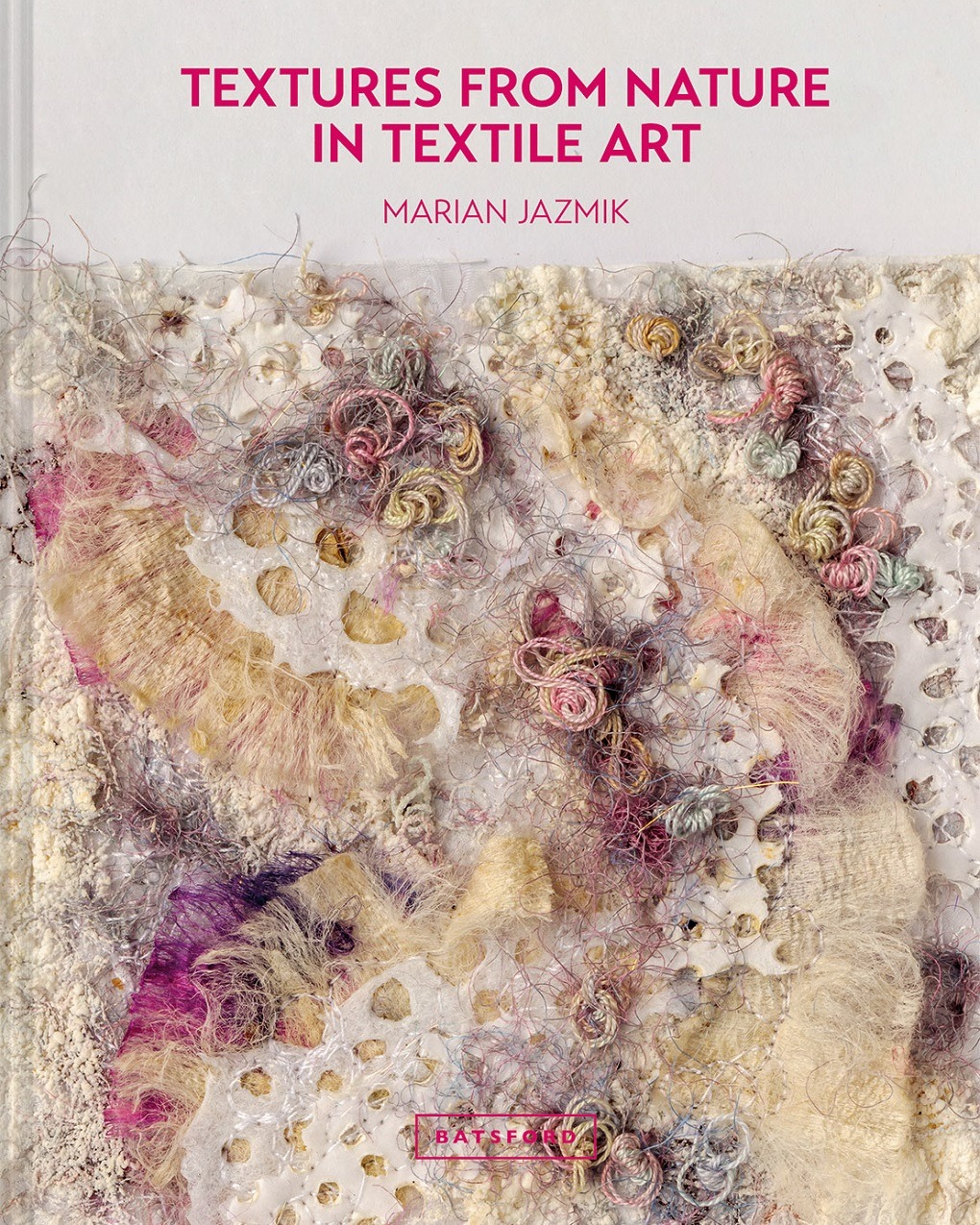
Textures from Nature in Textile Art: Natural Inspiration for Mixed-Media and Textile Artists
This book is for artists wanting to combine unusual recycled and repurposed materials with traditional fabric and thread. Textile artist Marian Jazmik reveals the secrets of her lushly textured and sculptural embroidered pieces, from initial photography to finished objects. Who knew a chance spotting of lichen on a tree trunk or scattering of autumn leaves could lead to such glorious textile art?
This book is packed with practical tips and illustrated examples of a myriad of Marian’s techniques. She takes the fear out of working with images and helps makers translate those images into three dimensional works using an eclectic mix of natural and synthetic materials. Hand and machine embroidery, as well as dyeing, printing and painting techniques, are also explained.
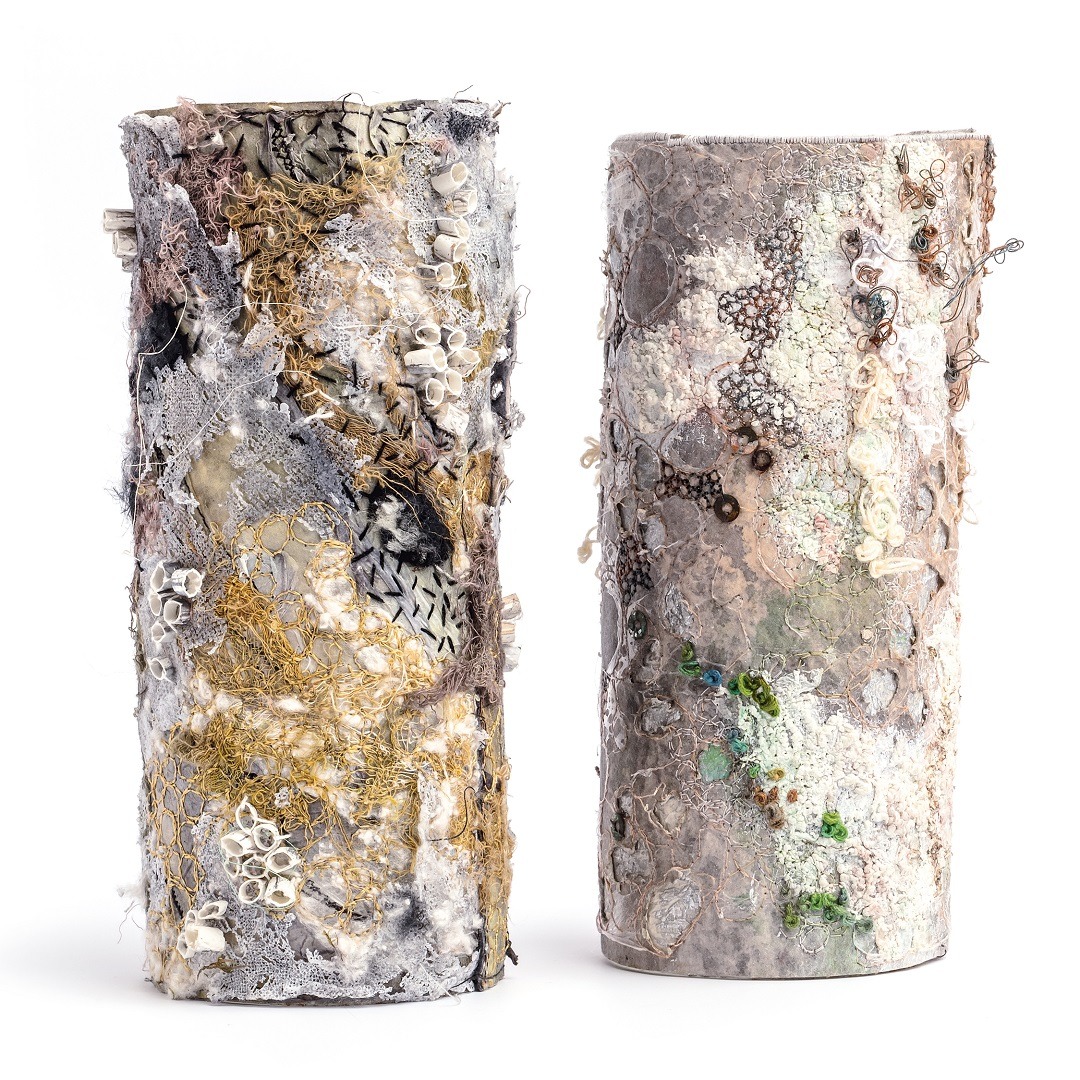
Stitch Club member Zara Muradyan is a fan of Marian’s book.
‘I would recommend it to anyone who is looking for new ways to explore textural surfaces while using everyday materials. Great resource for upcycling while creating sophisticated artwork!’
Author Marian Jazmik is based in Bolton, Lancashire, UK, and she has exhibited widely, including at The Knitting and Stitching Shows, Home in Manchester and with Prism textiles group in London and Birmingham.
Textures from Nature in Textile Art: Natural Inspiration for Mixed Media and Textile Artists (2021) by Marian Jazmik. ISBN 978-1849946704
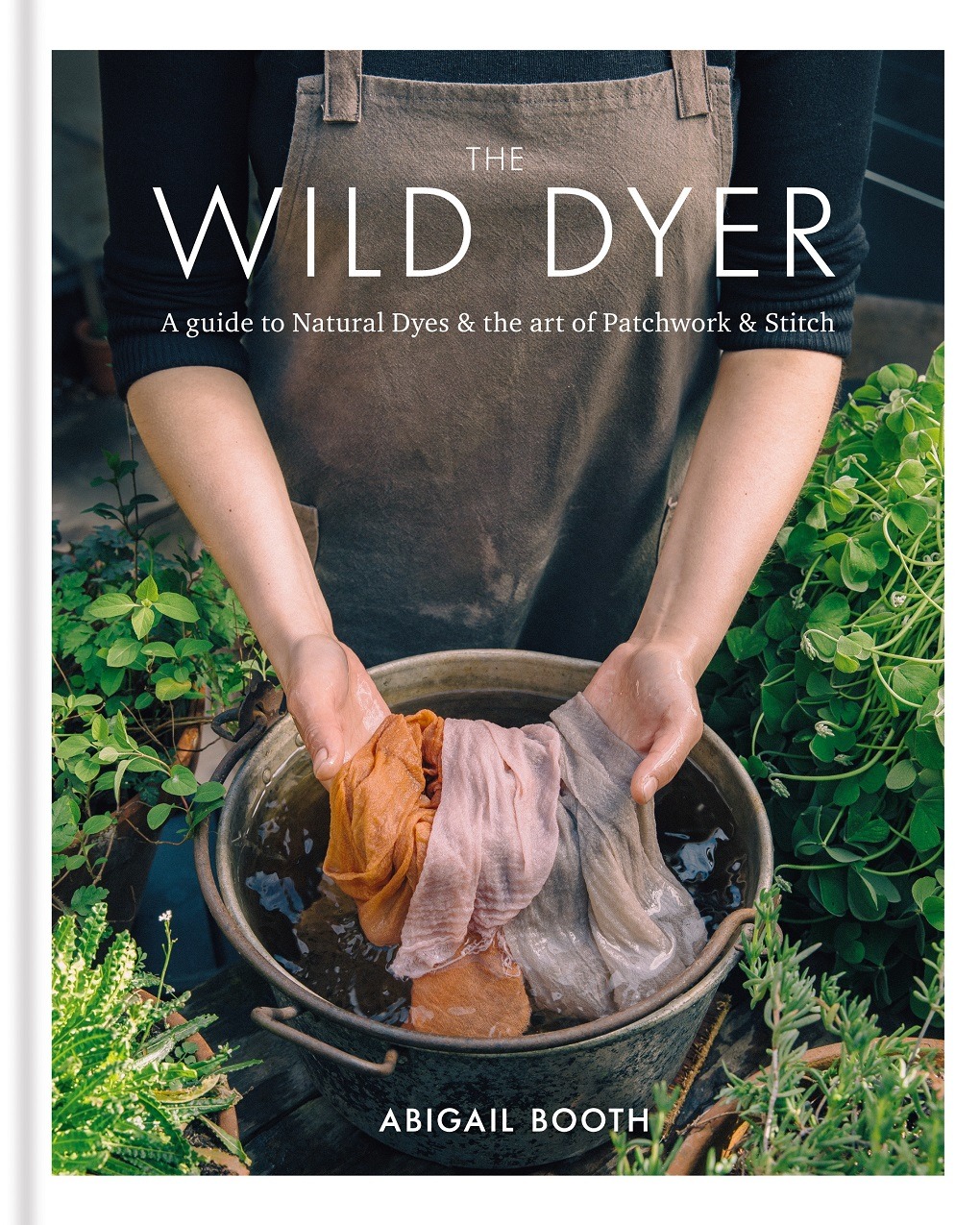
The Wild Dyer: A Maker’s Guide with Natural Dyes with Projects to Create and Stitch
Fabrics coloured with natural dyes have a beauty and subtlety all their own. Onion and avocado skins, chamomile and birch bark, and even nettles and acorns can produce lovely, ethereal colours and effects.
Abigail Booth takes the reader’s hand to help demystify how to forage and grow dying materials. She fully explains her dyeing process, including workspace setup, equipment and fabric choices and care. Beautiful photographs are complemented by easy to follow instructions.
In this book, Abigail also shares unique sewing projects for using your beautifully dyed fabrics, including a drawstring foraging bag, a gardener’s smock and a reversible patchwork blanket. Both beginners and experienced artists will enjoy Abigail’s journey from her kitchen to the great outdoors.
Author Abigail Booth is based in London, UK, and is co-founder of the studio collective Forest + Found. She works in textiles, drawing and painting, and exhibits in the UK and internationally.
The Wild Dyer: A Maker’s Guide with Natural Dyes with Projects to Create and Stitch (2017) by Abigail Booth. ISBN 978-0857833952
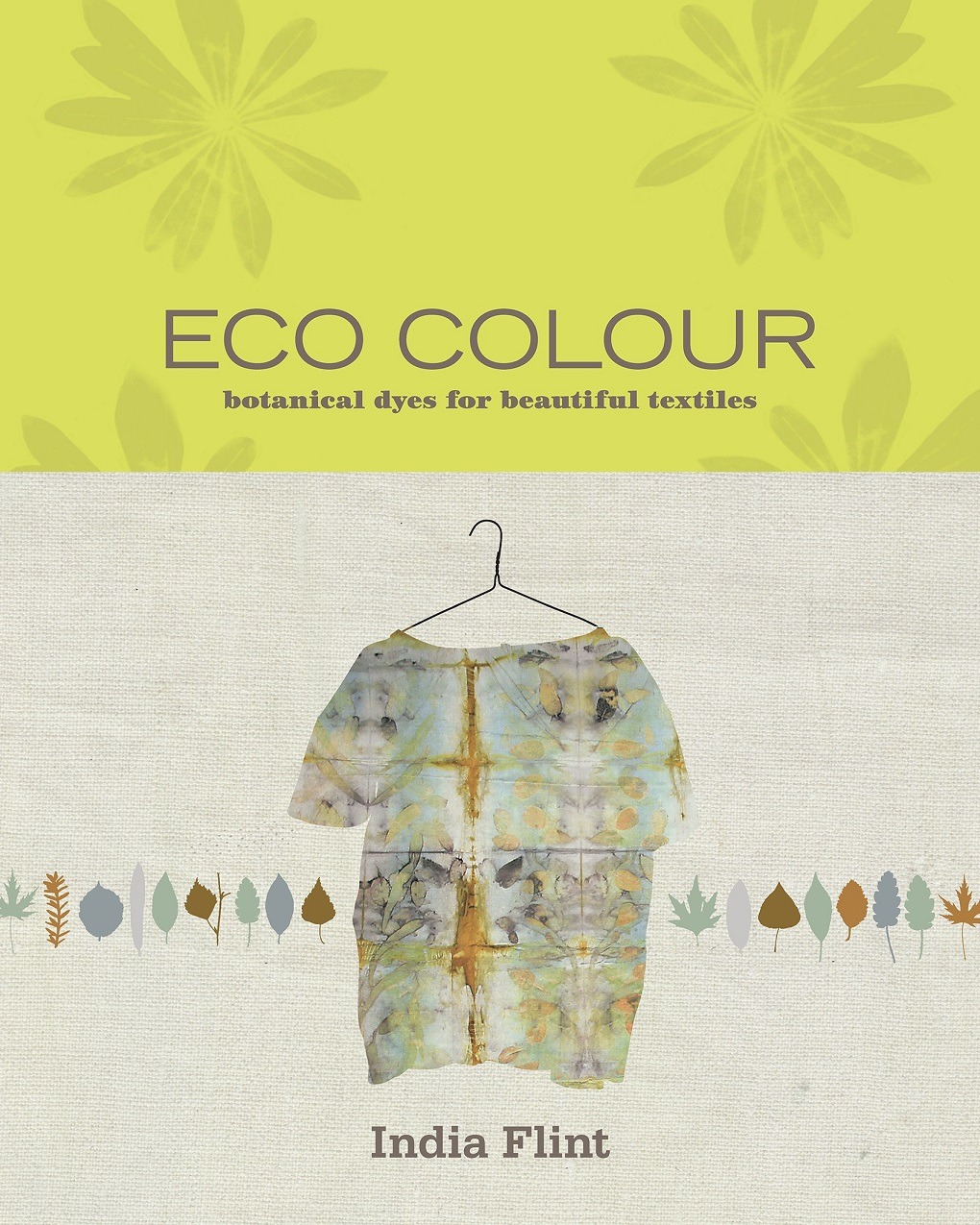
Eco Colour: Botanical Dyes for Beautiful Textiles
No matter your experience with using botanical dyes, India Flint leads the way. She explores the fascinating and infinitely variable world of plant colour, including gathering, preparing and processing plants.
From whole dyed cloth and applied colour to prints and layered dye techniques, India uses renewable resources and shows how to do the least possible harm to the dyer and the environment. Her recipes include a number of processes uniquely developed by India, as well as guidelines for plant collection and using nontoxic mordants.
Author India Flint is an artist and writer whose works are represented in collections and museums in Germany, Latvia and Australia. She lives on a farm in rural South Australia, researching plant dyes, making artworks and planting trees.
Eco Colour: Botanical Dyes for Beautiful Textiles (2021) by India Flint. ISBN 978-1911668404
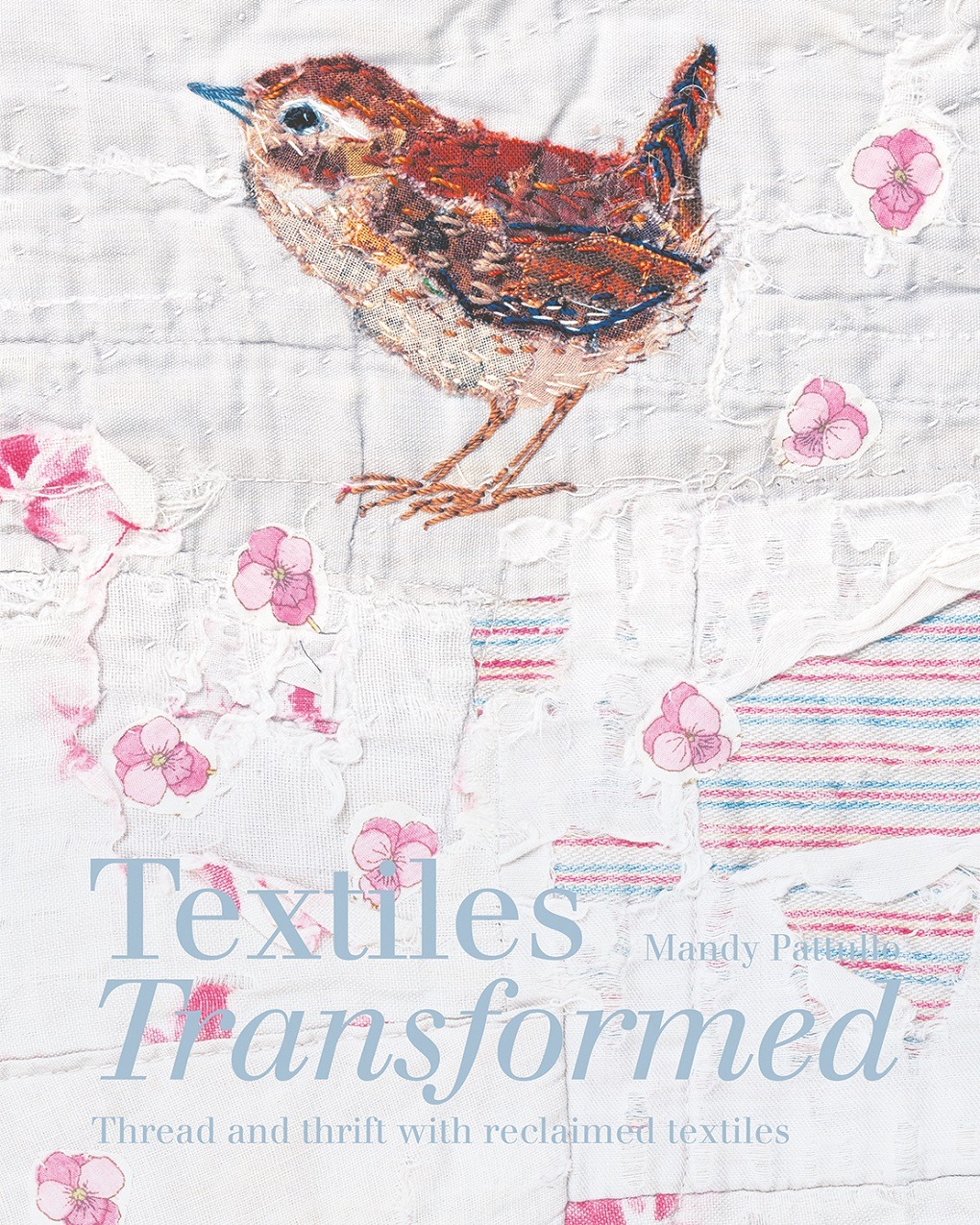
Textiles Transformed: Thread and thrift with reclaimed textiles
There’s something quite magical about textile collage using vintage textiles, and Mandy Pattullo is an expert. Following the make do and mend and folk art traditions of previous generations, Mandy provides simple instructions for working with a variety of antique textiles and precious fragments. The book is filled with ideas for embellishment, stitch and appliqué, as well as tips for transforming materials into impressive quilts, bags, books, tablecloths, tapestry panels, wall hangings and more.
Mandy also shares project ideas for working with quilts, patchworks, linen, lace, wool and deconstructed preloved garments. Each project beautifully demonstrates how makers can incorporate beautiful fabric and stitch finds from the past.
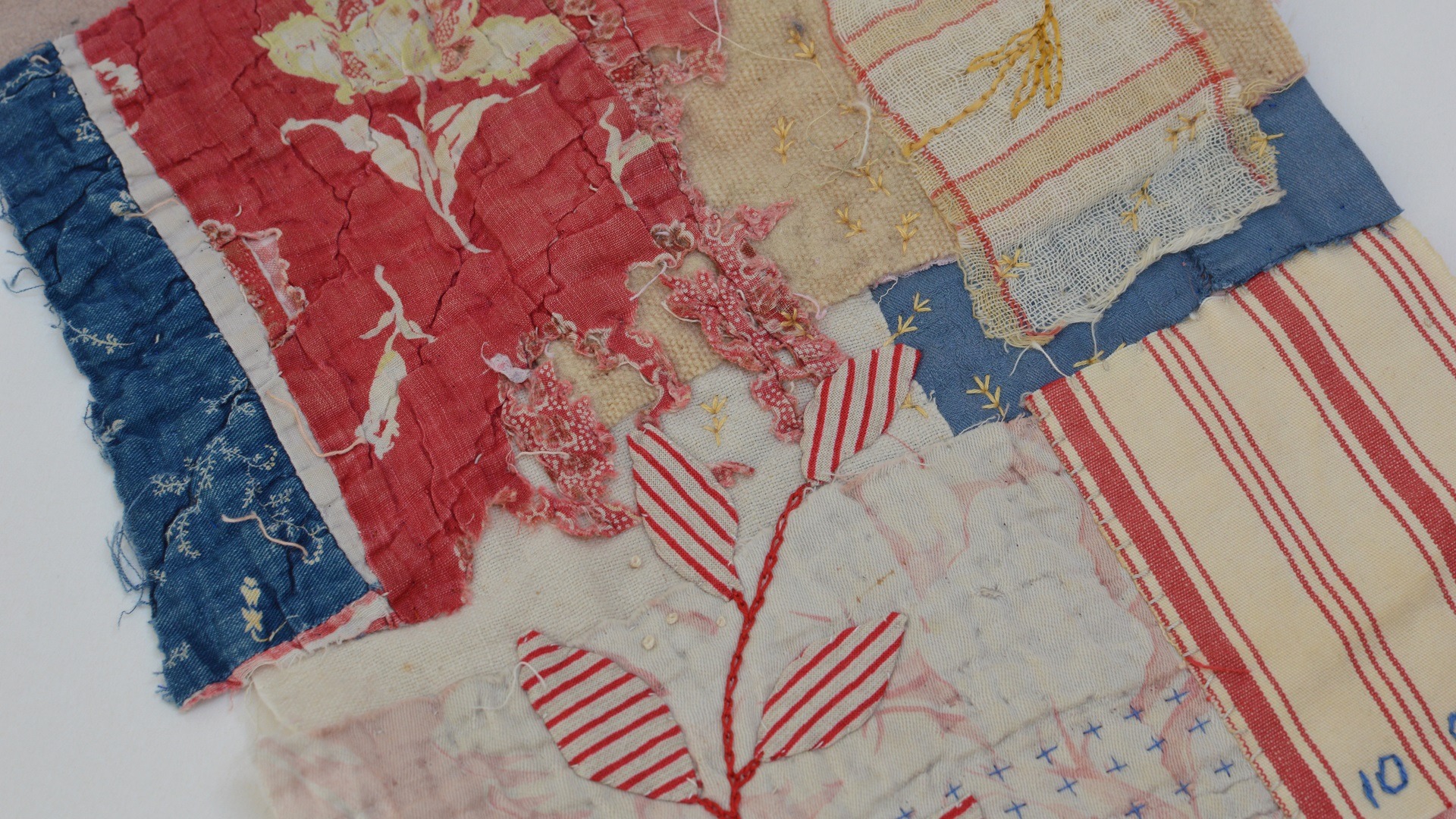
Author Mandy Pattullo trained as a surface pattern and textile designer and is now a textile artist who exhibits and teaches across the UK. Her work is based on collage techniques, and she makes a conscious effort to repurpose existing textiles.
Textiles Transformed: Thread and thrift with reclaimed textiles by Mandy Pattullo (2020). ISBN 978-1849945806
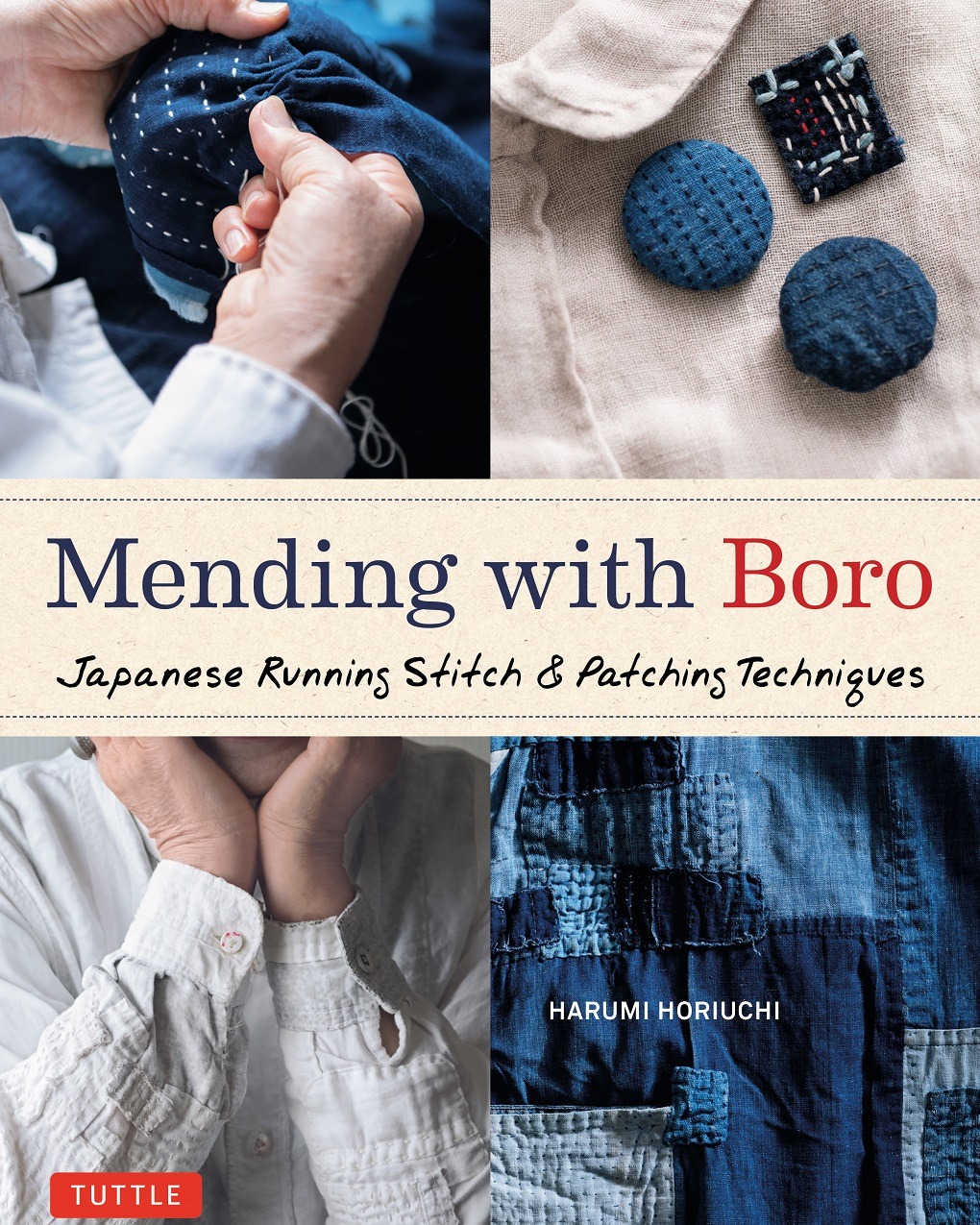
Mending with Boro: Japanese Running Stitch & Patching Techniques
One simple stitch can bring new life to hundreds of your favourite things! Harumi Horiuchi introduces the simple straight (running) stitch called sashiko (it translates as ‘little stabs’), used to repair and reinforce fabrics. This process of repair, and the philosophy of finding beauty in mending, emerged in Japan and is known as boro. It’s a favourite technique among visible mending enthusiasts, as it adds intriguing textural elements to garments and home furnishings.
Harumi’s approach is simple: the things you love are worth fixing. She helps makers discover the pleasure of working with old fabrics and making classic neutrals come alive. Whether readers want to reinforce, repair or remake an entire garment with patches, Harumi’s demonstrations and instructions are easy and enjoyable. Not only will fabrics and garments gain a new look and feel, but the environment will also be grateful.
Author Harumi Horiuchi is an expert in repurposing old fabrics, particularly linen. She has co-authored other books in her native Japan about the joy of reworking and wearing old clothing.
Mending with Boro: Japanese Running Stitch & Patching Techniques (2023) by Harumi Horiuchi. ISBN 978-0804856041
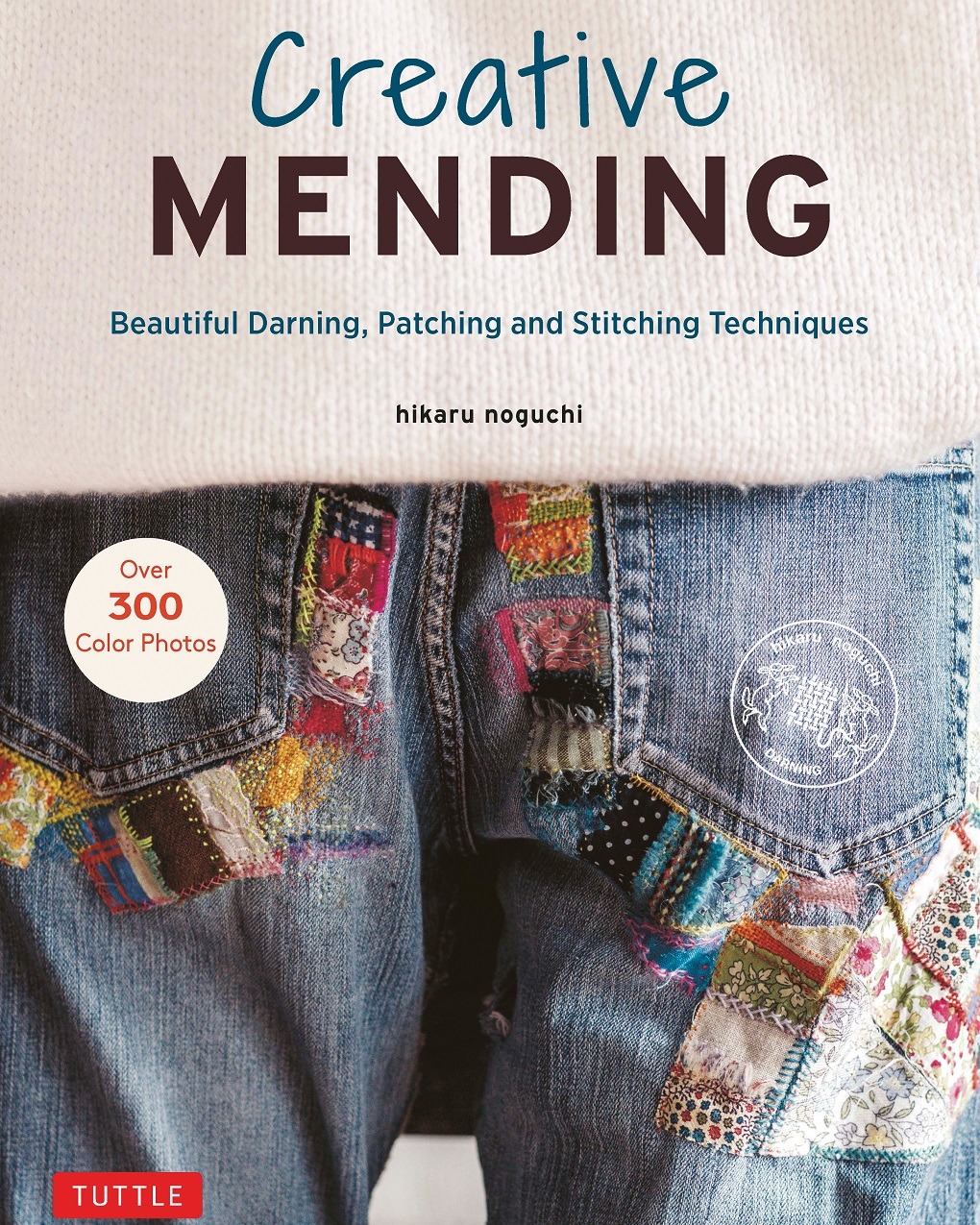
Creative Mending: Beautiful Darning, Patching and Stitching Techniques
Mending is truly an art form in the hands of Hikaru Noguchi, and she’s sharing her entire range of techniques for embroidering, patching, darning and felting. Noguchi’s basic rule of mending is that a repair should suit the fabric and its user, so she provides 13 illustrated lessons and over 300 colour photos to help readers make the statement (or not) they want.
Learn how to use yarn, floss, ribbon and fabric to reinvent well loved garments, as well as ways to manoeuvre through tricky places like inseams and underarms. Numerous variations and 67 different tips and examples provide all the guidance you need to rethink and repair beautifully.
Author Hikaru Noguchi moved from Japan to England in 1989 to study constructed textiles, which led to collaborations with several British designers, including Tom Dixon and Barneys. Hikaru has participated in many international exhibitions, and her work is sold in boutiques and department stores in London, Paris, New York and Tokyo.
Creative Mending: Beautiful Darning, Patching and Stitching Techniques (2022) by Hikaru Noguchi. ISBN 978-0804854740
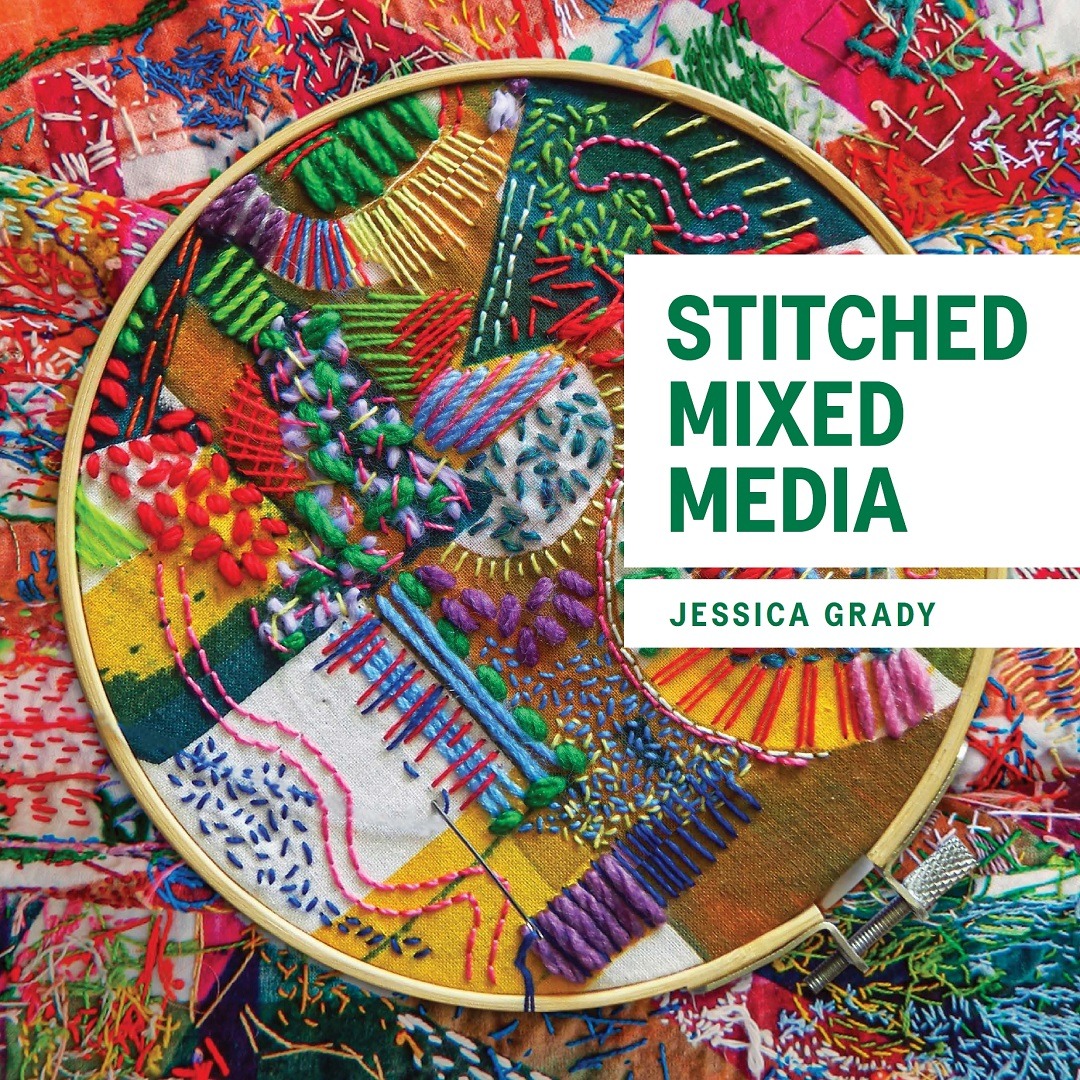
Stitched Mixed Media
‘Embellishment’ is what Jessica Grady is all about, and she’s well known for literally turning trash into whimsical and colourful treasures. This book is packed with colour, ideas and enthusiasm as she helps readers look at the potential of recycled products. She then explains how to turn those finds into beautiful embellishments for hand stitching onto samples.
Projects and step by step sequences demonstrate her exciting process of playing with textiles and mixed media to create new and unique works. Jessica helps readers build a basic tool kit, as well as provides ideas for sourcing and organising supplies, making a stitch library of samples, and using threads creatively. 2D and 3D techniques are clearly explained for creating unique pieces and helping readers develop their own artistic voice.
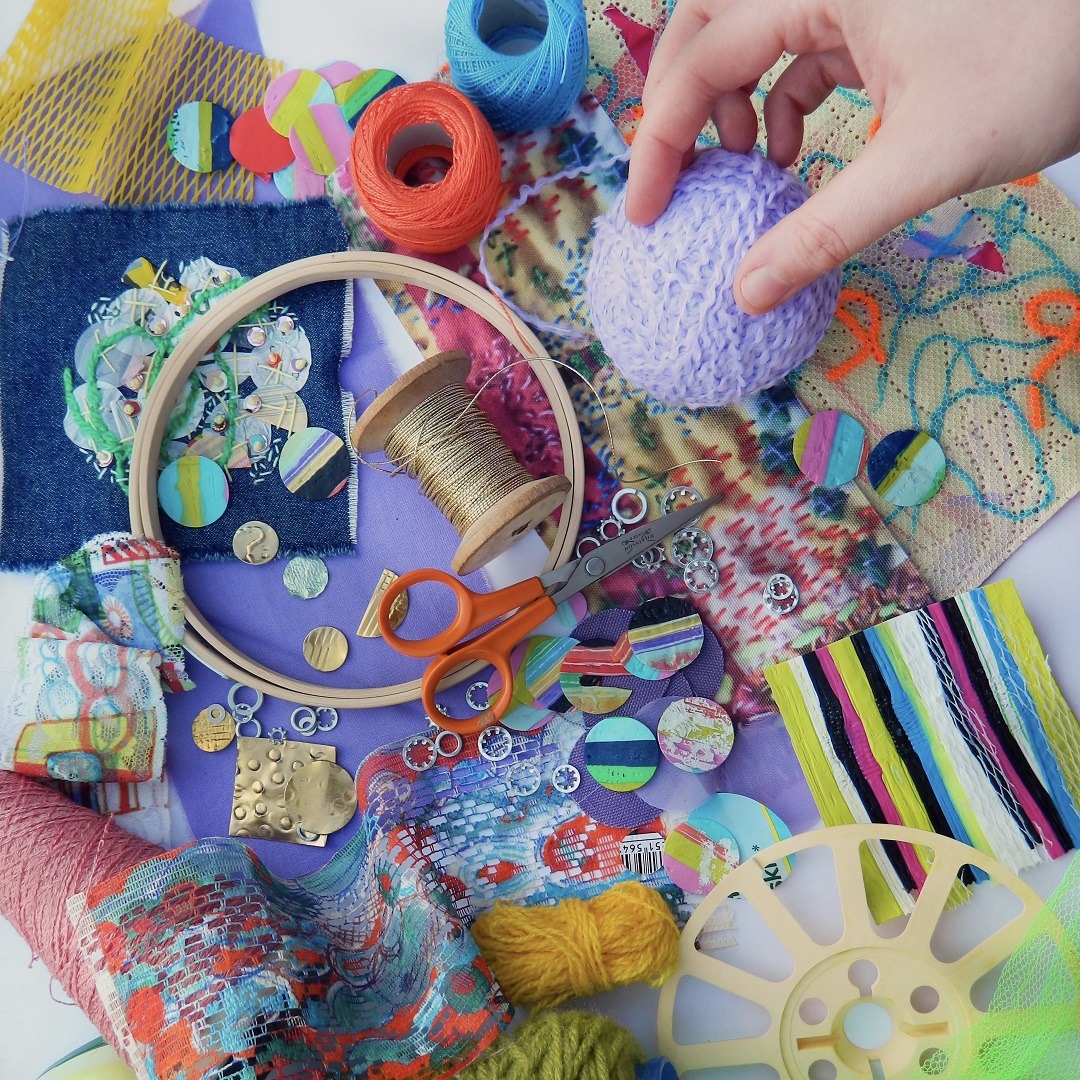
Author Jessica Grady is based in West Yorkshire, UK, where she is a member of Art Textiles Made in Britain. Her work has been exhibited internationally, and in 2018, she was named as the ‘Under 30’s Scholar’ by The Embroiderers’ Guild. Jessica is also a passionate teacher who teaches stitch and recycling through various workshops and community projects.
Stitched Mixed Media (2023) by Jessica Grady. ISBN 978-0719842238
Books featured in this article
- Create Naturally: Go Outside and Rediscover Nature with 15 Artists (2023) by Marcia Young
- Wild Textiles: Grown, Foraged, Found (2022) by Alice Fox
- Resilient Stitch: Wellbeing and Connection in Textile Art (2021) by Claire Wellesley-Smith
- Wild Colour: How to Make and Use Natural Dyes (2018) by Jenny Dean
- Textures from Nature in Textile Art: Natural Inspiration for Mixed Media and Textile Artists (2021) by Marian Jazmik
- The Wild Dyer: A Maker’s Guide with Natural Dyes with Projects to Create and Stitch (2017) by Abigail Booth
- Eco Colour: Botanical Dyes for Beautiful Textiles (2021) by India Flint
- Textiles Transformed: Thread and thrift with reclaimed textiles (2020) by Mandy Pattullo
- Mending with Boro: Japanese Running Stitch & Patching Techniques (2023) by Harumi Horiuchi
- Creative Mending: Beautiful Darning, Patching and Stitching Techniques (2022), by Hikaru Noguchi
- Stitched Mixed Media (2023) by Jessica Grady
If you buy books linked to our site, we may earn a commission from Bookshop.org, whose fees support independent bookshops.
Looking for more book suggestions? Check out our list of the best hand embroidery reference books.
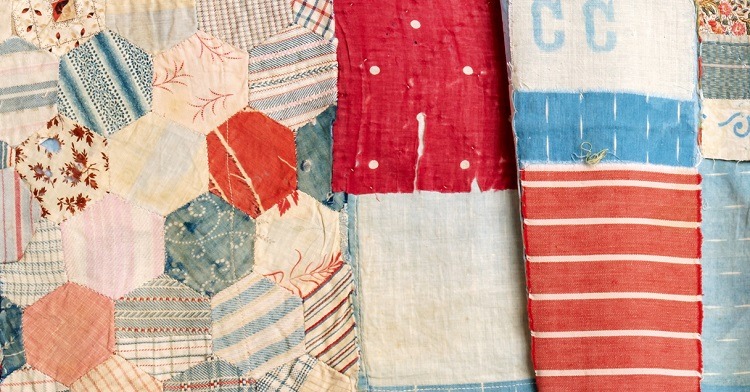
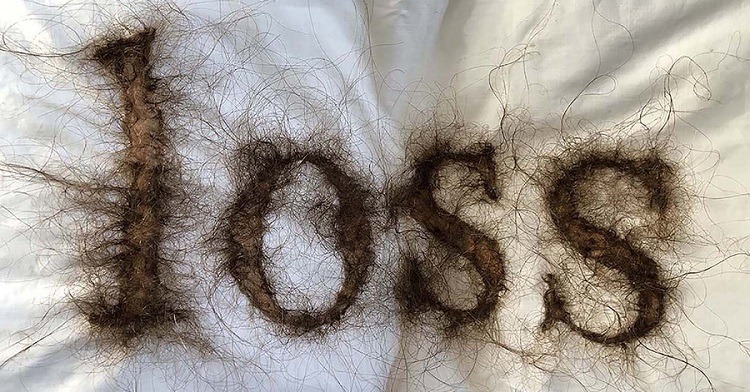
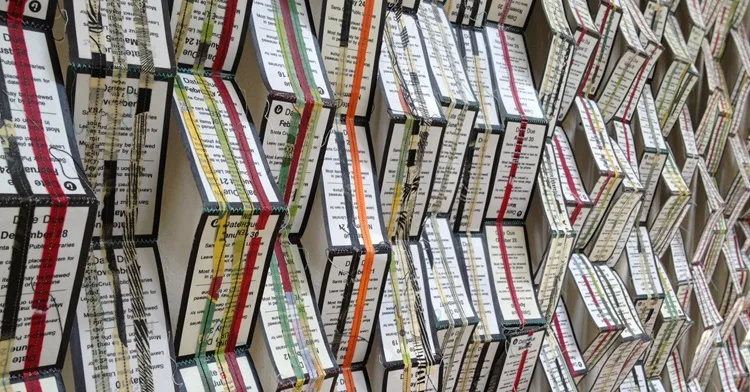
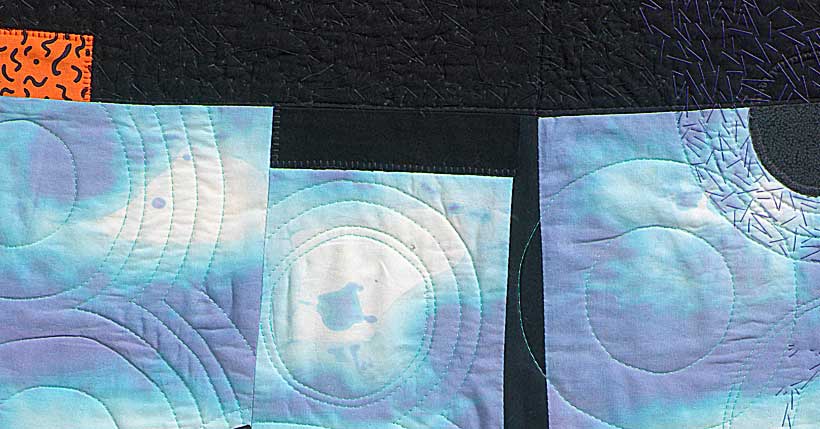
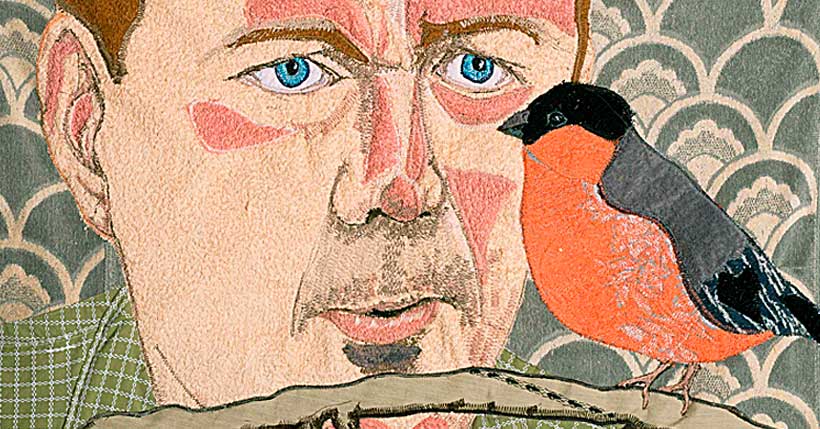
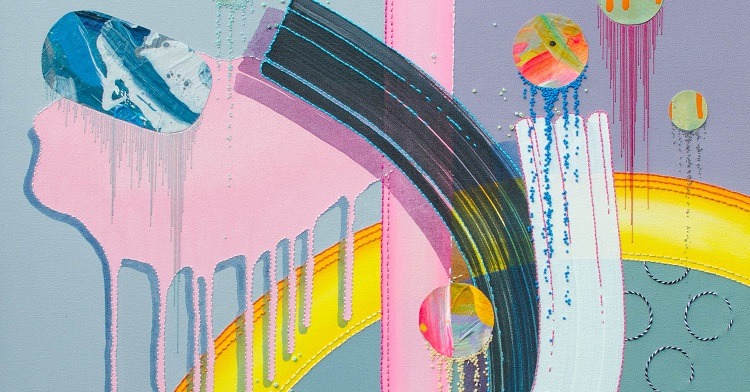
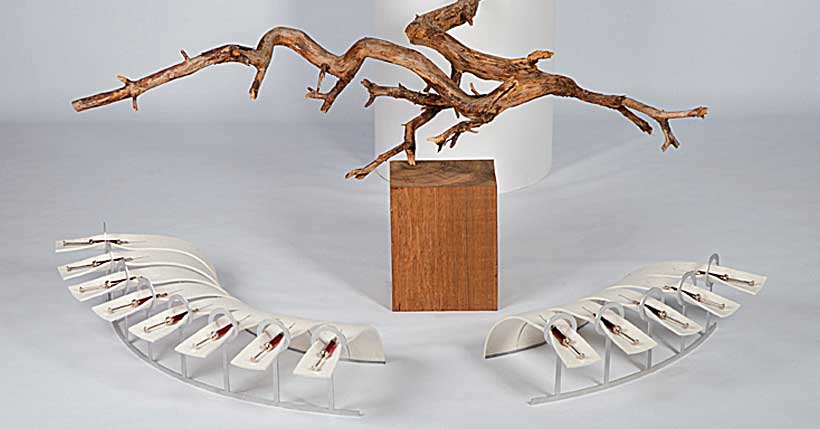
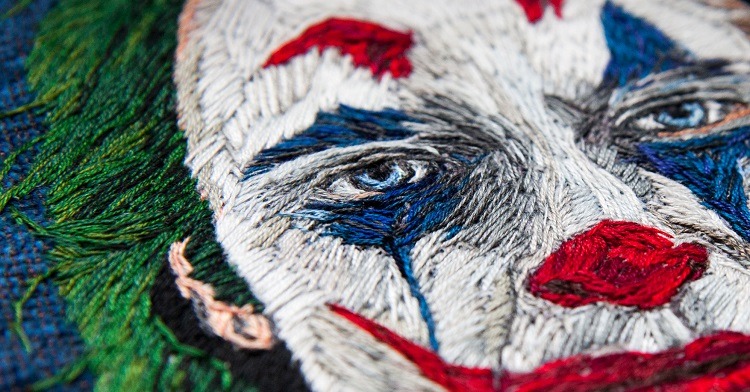
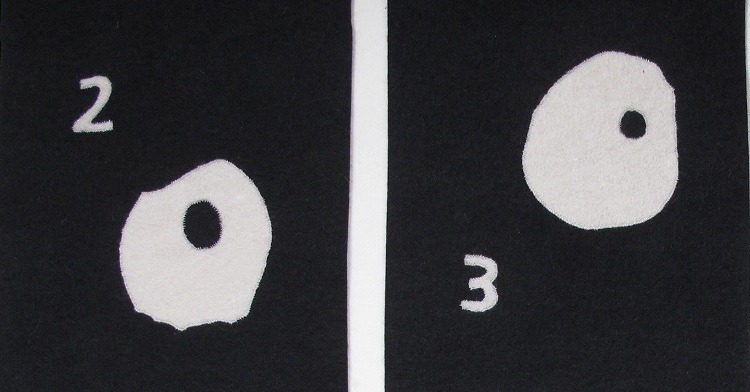
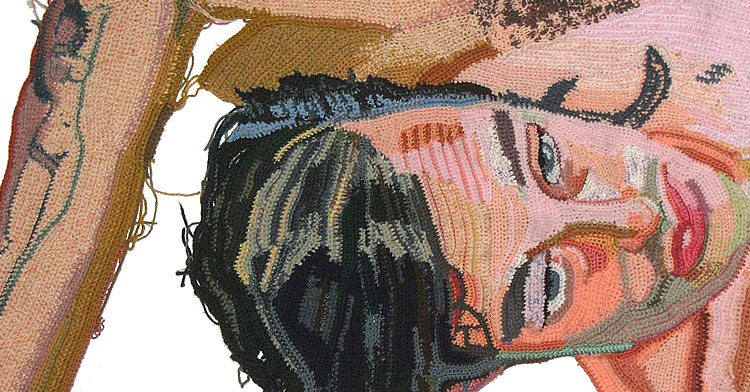
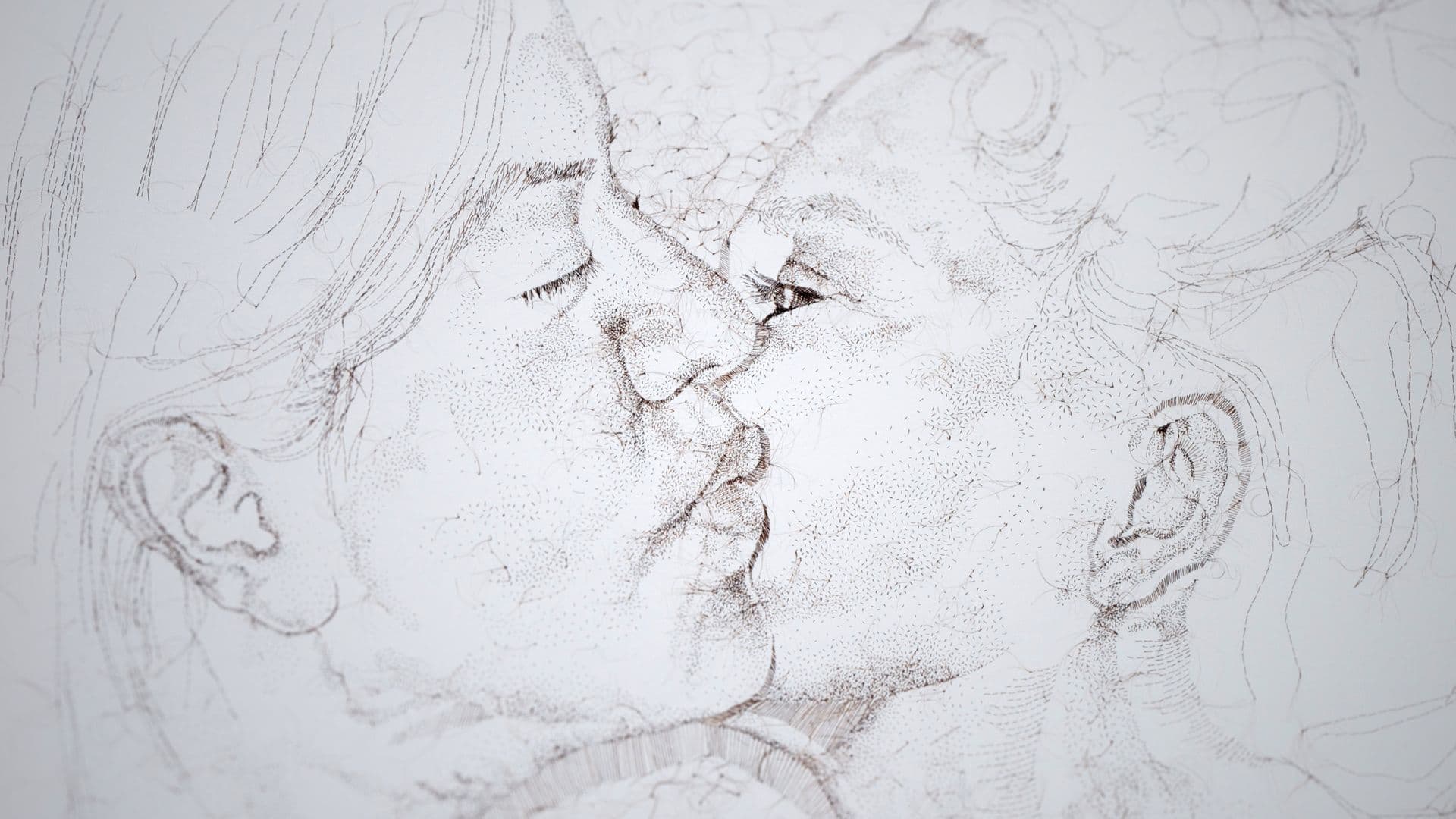
2 comments
Alison Schwabe
Wow, that’s an interesting group of books, of which I have a couple. One of the most influential workshops I have ever done was a StitchClub one with Jessica Grady – so I’m sure hers would be really interesting.
These two terms, ‘well being’ and ‘sustainability’ are currenly essential buzzwords to weave into teaching and grant proposals, artist statements and fibreartists’ social media posts.
If you’re currently hand stitching, you’re already benefitting with a raised sense of well being. Probably most of us reading this article already know the calming effect of hand stitching by whatever trendy name you want to term it – zen, slow etc.
But I don’t find ‘sustainability’ is as clear cut. A policy of using only recycled or vintage fabrics automatically precludes selecting materials from the very exciting man-made ones that emerged in the C20 and C21.
Don’t get me wrong, I love and prefer working with cotton, linen, wool, silk and leather scraps, but I’ve also enjoyed exploring the possibilities of vinyl, mylar, polyester and nylon (these works are only a small portion of my overall portfolio)
Ecodyeing sounds fabulous, but in practice the dulled down colours that result from using such dyes always seem to contain lots of the many shades of ‘brown’. And, I love all colours including neon ones, and I love metallic glitter.
As an artist, it is important to me to respond to a material that interests me, whatever it is. On the other hand, I have my shoes repaired until they truly die, buy well made clothes from good quality fabrics, and darn and mend them until I eventually hand them on to a couple of friends who work with charity groups.
Jane Axell
I love the inspiration and instruction you get from books – plus colourful pictures. I have about half of these ❤️ Wonderful selection and summaries. Thank you